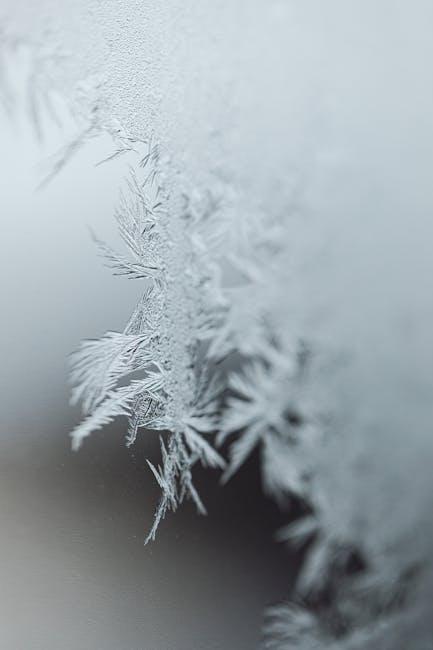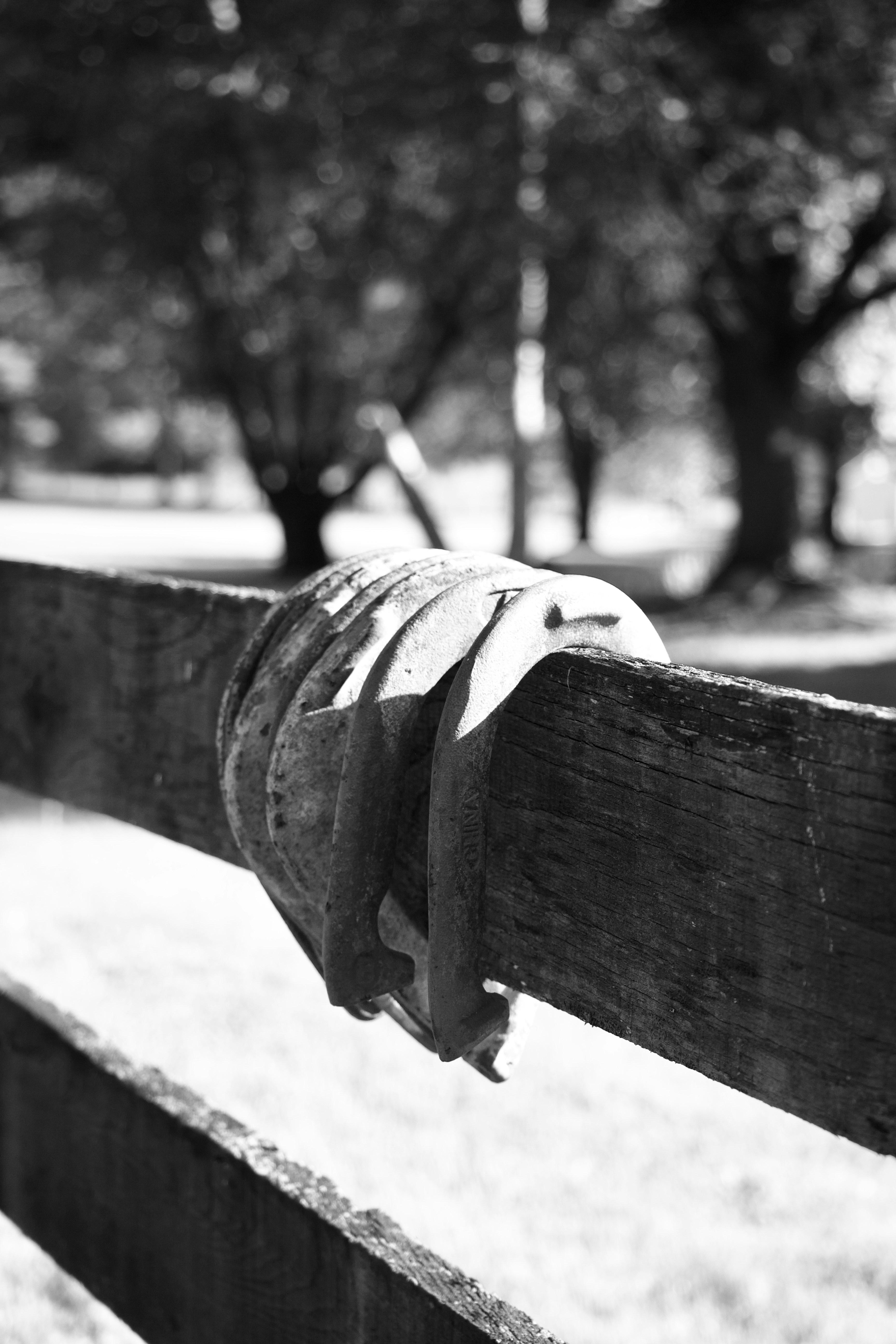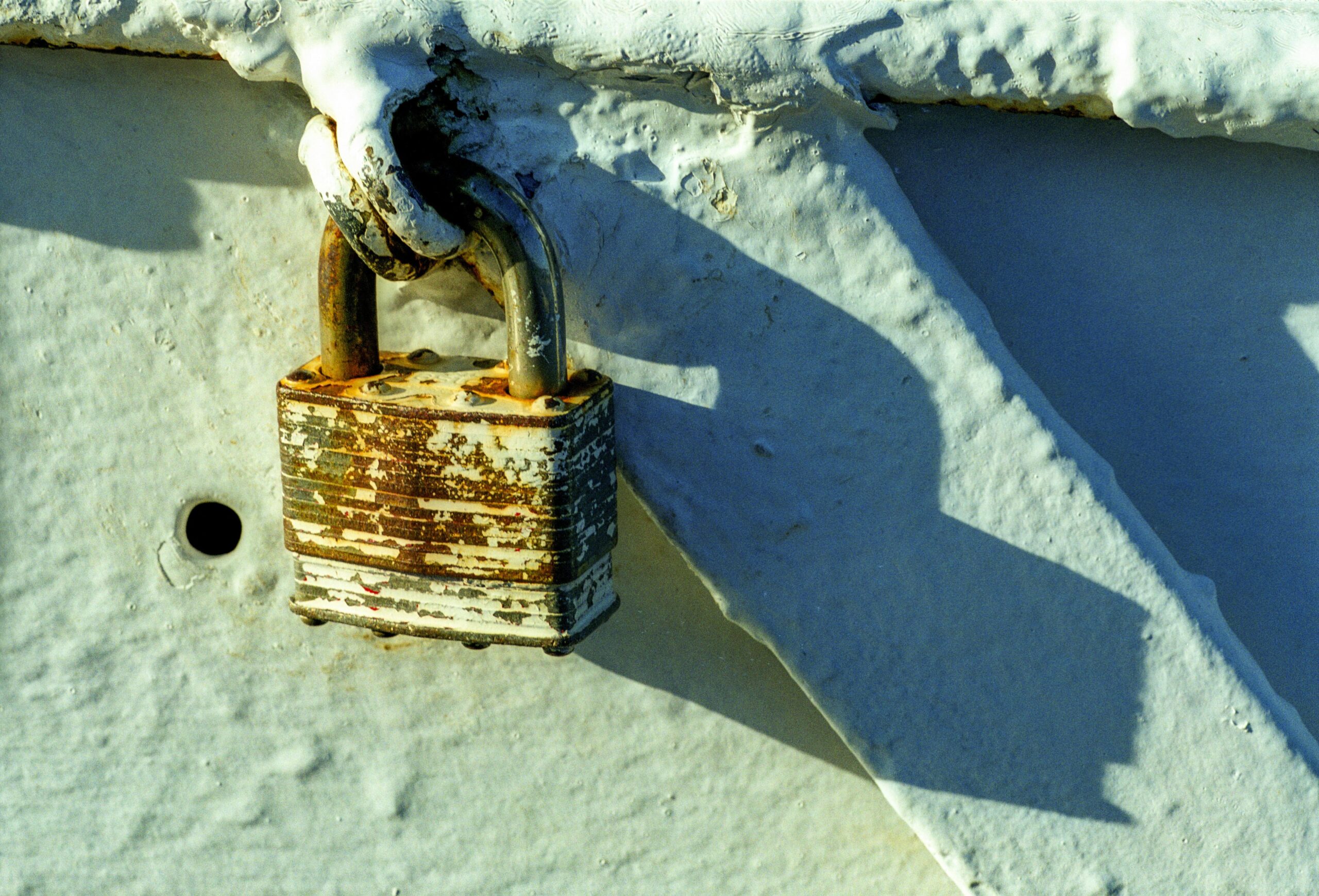As winter’s chill settles in and frost begins to bite, the importance of secure and reliable locks becomes more than just a routine concern-it transforms into a necessity. In cold climates, the harsh weather can take a toll on your home’s locking mechanisms, making seasonal maintenance crucial to ensure your safety and peace of mind. Whether you’re considering a rekeying to maintain control over who has access, or a full lock replacement to combat wear and tear, understanding how the cold affects your locks is key. This seasonal guide will walk you through the essential steps and considerations to keep your locks functioning smoothly all winter long, blending practicality with protection in every icy gust.
Table of Contents
- Understanding the Impact of Cold Weather on Lock Mechanisms
- Choosing the Right Locks for Harsh Winter Conditions
- Step-by-Step Rekeying Tips to Prevent Freezing and Jamming
- When and How to Replace Locks for Optimal Security in Winter
- Preventative Maintenance Strategies to Extend Lock Longevity in Cold Climates
- Q&A
- To Wrap It Up

Understanding the Impact of Cold Weather on Lock Mechanisms
When temperatures plummet, lock mechanisms often face challenges that can compromise their functionality and security. Cold weather causes metal components inside locks to contract, which may lead to tighter tolerances and increased friction. In some cases, this contraction can cause keys to stick or even prevent locks from turning altogether. Additionally, moisture trapped within the lock cylinder can freeze, forming ice that blocks the internal components’ movement. These issues don’t just cause inconvenience-they also heighten the risk of damage to the lock, resulting in costly repairs or complete replacements if ignored.
To combat these cold weather woes, it’s essential to adopt preventative measures that keep locks operational and secure throughout the winter months. Consider regular lubrication using frost-resistant graphite or silicone-based lubricants that don’t freeze or attract dirt. Avoid oil-based alternatives as they may thicken in low temperatures. Homeowners should also be aware of early signs of cold-related lock failure, such as:
- Difficulty inserting or turning the key
- A stiff or jammed lock cylinder
- Unusual noises when operating the lock
| Lock Issue | Possible Cause | Winter Solution |
|---|---|---|
| Frozen Cylinder | Moisture trapped inside | Use a lock de-icer or warm key gently |
| Stiff Turning | Metal contraction and friction | Apply graphite lubricant |
| Key Stuck | Internal ice formation | Use silicone spray lubricant |
By understanding how cold weather impacts your locks and taking timely action, you can maintain security and avoid unexpected lockouts during the harshest months of the year.

Choosing the Right Locks for Harsh Winter Conditions
When selecting locks capable of withstanding the brutal chill of winter, it’s essential to prioritize materials and designs that resist freezing and corrosion. Stainless steel and brass locks tend to perform exceptionally well in sub-zero temperatures, as they are less prone to rust and can endure moisture without compromising integrity. Additionally, consider locks with weatherproof covers or seals that prevent snow, ice, and debris from clogging the mechanism, reducing the risk of key jams or complete freeze-ups during critical moments.
It’s also beneficial to focus on the lock’s internal lubricant and mechanism type. For instance, locks fitted with graphite or silicone-based lubricants maintain smooth operation in cold climates better than traditional oil-based options that may harden or thicken when exposed to freezing temperatures. Here’s a quick overview of features to look for when choosing your winter-ready locks:
- Weather-resistant casing
- Corrosion-resistant materials
- Lubricant type suitable for cold
- Simple keyway design to prevent jamming
- Optional integrated heating elements (for extreme climates)
| Lock Type | Material | Winter Performance | Recommended Usage |
|---|---|---|---|
| Deadbolt | Stainless Steel | Excellent | Front and back doors |
| Padlock | Brass | Good | Outdoor gates and sheds |
| Smart Lock | Aluminum with Seal | Moderate | Garage and main entry |
| Keyless Entry | Plastic-coated Metal | Fair | Indoor/Protected areas |

Step-by-Step Rekeying Tips to Prevent Freezing and Jamming
To keep your locks functioning smoothly through the harsh winter months, start by thoroughly cleaning the lock cylinder before rekeying. Use a lock lubricant designed for cold weather, such as a graphite or silicone-based spray, to minimize friction and prevent ice formation inside the mechanism. When removing the lock core, work gently and avoid forcing any parts, as chilly temperatures can make metal components more brittle and prone to damage. After rekeying, apply a thin layer of lubricant again and ensure the key moves freely without resistance to sidestep any potential freezing or jamming issues.
It’s also crucial to check the condition of the key itself during rekeying. Cold weather can exacerbate wear and tear on keys, increasing the risk of snapping or jamming inside the lock. Replace any bent or worn keys immediately and consider having duplicates printed in warmer seasons to avoid frozen locks during winter. Implement these practical steps alongside regular maintenance checks for a reliable, trouble-free locking system.

When and How to Replace Locks for Optimal Security in Winter
Winter’s biting cold can wreak havoc on locks, often causing them to freeze or become brittle. The ideal time to replace locks is before temperatures drop significantly, allowing you to avoid the frustration of a stuck or broken lock during a snowstorm. Signs that your locks may need replacing include difficulty turning the key, visible rust, or excessive wear and tear. Prioritize your main entry points like front and back doors, as these are the most vulnerable during the season.
When selecting new locks, consider weather-resistant materials such as hardened steel or brass, which better endure winter conditions. Installation is best carried out using winter-grade lubricants to prevent freezing, and opting for smart lock systems can offer the added advantage of remote access during harsh weather. For a clear approach, use this checklist before replacing your locks:
- Inspect all locks for signs of damage or stiffness
- Choose locks with weatherproof certifications
- Use graphite or silicone spray lubricants
- Test locks multiple times before the cold peak
- Consult a professional locksmith if unsure
| Lock Type | Winter Durability | Maintenance Tips |
|---|---|---|
| Deadbolt | High | Lubricate monthly |
| Smart Lock | Moderate | Check battery before winter |
| Padlock | Low | Use cover during snow |

Preventative Maintenance Strategies to Extend Lock Longevity in Cold Climates
Cold climates pose unique challenges to locks, where freezing temperatures and moisture can accelerate wear and lead to functionality issues. To combat this, regular lubrication with a silicone-based spray is essential, as it resists cold weather better than traditional oil lubricants. Alongside lubrication, routinely checking for signs of rust and corrosion not only prevents lock seizure but also helps in identifying when a replacement is necessary. Simple measures such as installing weatherproof covers or placing locks in sheltered locations can shield them from harsh elements, effectively extending their operational lifespan.
Adopting a seasonal maintenance routine tailored to cold weather ensures reliability and reduces emergency repair costs. Key steps include:
- Monthly inspections focusing on key tumblers and cylinder smoothness
- Cleaning lock surfaces to remove ice, salt, and debris after winter storms
- Testing lock resistance to sudden temperature drops by gently warming frozen locks with safe heat sources
- Timely rekeying to avoid lock failures caused by worn internal parts
| Maintenance Task | Recommended Frequency | Benefits in Cold Climates |
|---|---|---|
| Lubrication with Silicone Spray | Monthly | Prevents freezing and reduces friction |
| Inspection for Rust/Corrosion | Seasonally | Avoids long-term damage and lock failure |
| Cleaning Lock Face | After Snowfall | Removes moisture and debris buildup |
| Protective Cover Installation | Once per Cold Season | Enhances resistance to ice and precipitation |
Q&A
Q&A: Seasonal Guide to Rekeying and Lock Replacement in Cold Climates
Q1: Why is rekeying or replacing locks especially important in cold climates?
A1: Cold climates bring unique challenges-freezing temperatures can cause lock mechanisms to contract and seize, ice buildup may damage lock components, and harsh weather often leads to increased wear and tear. Rekeying and lock replacement ensure your security remains uncompromised despite the elements.
Q2: When is the best time of year to rekey or replace locks in cold regions?
A2: The ideal time is during early fall, before temperatures drop drastically and winter settles in. This timing helps prevent issues like frozen locks, corrosion, and mechanical failures that can be tough to fix amid snow and ice.
Q3: Can I rekey my locks myself, or should I hire a professional in cold climates?
A3: While DIY rekeying is possible, cold climate factors such as stiff or brittle components make professional services advisable. A locksmith can ensure smooth operation and use weather-appropriate lubricants to protect your locks against freezing conditions.
Q4: What types of locks perform best in cold weather?
A4: Locks made from corrosion-resistant materials like stainless steel or brass tend to hold up better. Additionally, electronic and smart locks designed with weatherproofing features can offer convenience and reliability during winter months.
Q5: How does rekeying differ from lock replacement, and which is preferable in cold climates?
A5: Rekeying changes the internal pins so old keys no longer work, preserving the existing hardware. Lock replacement involves installing entirely new locks. In cold climates, rekeying is cost-effective for security upgrades, but replacement might be better if locks are damaged by the weather or prone to freezing.
Q6: What maintenance tips can extend the life of my locks in winter?
A6: Regularly apply a graphite-based lubricant rather than oil-based ones, keep locks clean from snow and ice buildup, and ensure door frames and weatherstripping reduce moisture intrusion. These practices help prevent freezing and mechanical failures during cold spells.
Q7: Are there special considerations for rekeying or replacing locks on exterior doors versus interior doors in cold climates?
A7: Exterior door locks require more robust weather-resistant features and protection against freezing temperatures, while interior locks generally face fewer environmental stresses. Prioritize weatherproofing for exterior locks to maintain security year-round.
Q8: How can I prepare my home’s security for the transition into winter?
A8: Schedule a professional locksmith inspection in late summer or early fall to assess existing locks, rekey or replace as needed, and receive advice on winter-proofing. This proactive approach minimizes lock failures when temperatures plummet.
To Wrap It Up
As winter’s chill settles in and frosty mornings become routine, ensuring your locks are up to the challenge of cold climates is more than just a precaution-it’s peace of mind. Rekeying and lock replacement might seem like small steps, but when done thoughtfully and seasonally, they become your fortress against unexpected surprises. Armed with this guide, you can confidently secure your home through the coldest months, knowing that each twist of the key brings warmth, safety, and security. After all, in the dance between ice and steel, preparedness is the key that unlocks comfort all season long.





